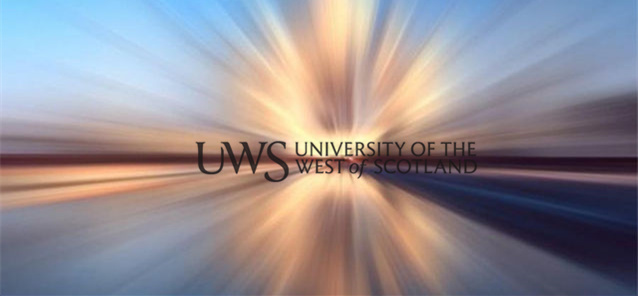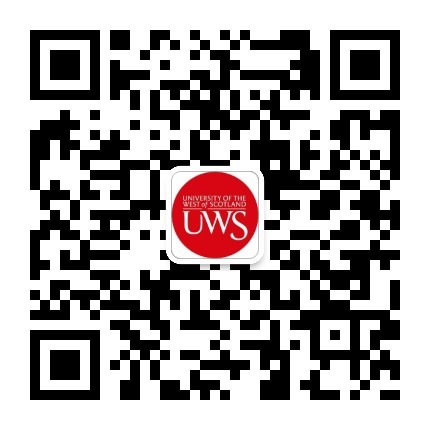For the second time, scientists have observed ripples in the fabric of spacetime called gravitational waves.
This discovery, which was made on 26 December 2015, follows the first detection on 14 September 2015.

The gravitational waves were detected by both of the twin Laser Interferometer Gravitational-Wave Observatory (LIGO) detectors, located in Livingston, Louisiana, and Hanford, Washington, USA.
The LIGO Observatories are funded by the National Science Foundation (NSF), and were conceived, built, and are operated by Caltech and MIT. The discovery, accepted for publication in the journal Physical Review Letters, was made by the LIGO Scientific Collaboration (which includes the GEO Collaboration and the Australian Consortium for Interferometric Gravitational Astronomy) and the Virgo Collaboration using data from the two LIGO detectors.
University of the West of Scotland (UWS) is a full partner of the LIGO Scientific Collaboration (LSC), and UWS academics have played a key role in both of these detections.
The UWS gravitational wave group aims to exploit the novel and unique thin film coating facilities available at UWS, to address some of the key challenges in technology required for upgrades to LIGO and other future planned gravitational wave observatories. Along with UK partners, UWS academics were involved in supplying the mirror suspension technology which holds the Advanced LIGO (aLIGO) interferometer’s mirrors in place – an upgrade component which makes the detection of gravitational waves possible.
Professor Stuart Reid of the Institute of Thin Films, Sensors and Imaging at the University of the West of Scotland, explained: “This is a fascinating time! The second detection of gravitational waves moves us firmly into the observation era. For the first time, mankind is beginning to map the distribution of black holes across our Universe, gaining new insights into the evolution of stars and the nature of the cosmos. Beyond this, we eagerly look forward to seeing signals from other astrophysical events, such as neutron stars and supernovae.”
Gravitational waves carry information about their origins and about the nature of gravity that cannot otherwise be obtained, and physicists have concluded that these gravitational waves were produced during the final moments of the merger of two black holes—14 and 8 times the mass of the sun—to produce a single, more massive spinning black hole that is 21 times the mass of the sun.
According to general relativity, a pair of black holes orbiting around each other lose energy through the emission of gravitational waves, causing them to gradually approach each other over billions of years, and then much more quickly in the final minutes. During the final fraction of a second, the two black holes collide into each other at nearly one-half the speed of light and form a single more massive black hole, converting a portion of the combined black holes’ mass to energy, according to Einstein’s formula E=mc2. This energy is emitted as a final strong burst of gravitational waves. It is these gravitational waves that LIGO has observed.
Professor Des Gibson, Director of the Institute of Thin Films, Sensors and Imaging at the University of the West of Scotland, said: “We are immensely proud to be involved in these high profile discoveries in astrophysics. Future upgrades to Advanced LIGO will be dependent on developing new laser mirror technology, which UWS and our colleagues in Glasgow are leading the international effort on. This second detection again shows the importance of the UK’s continued involvement in this field, as we continue to push open this new window on our Universe.”
For more information visit www.uws.ac.uk/gw


